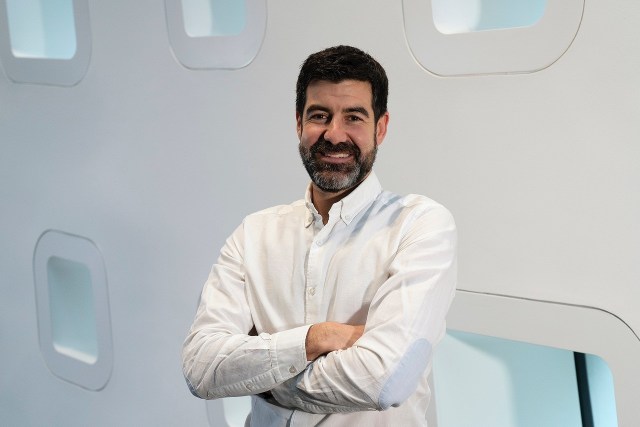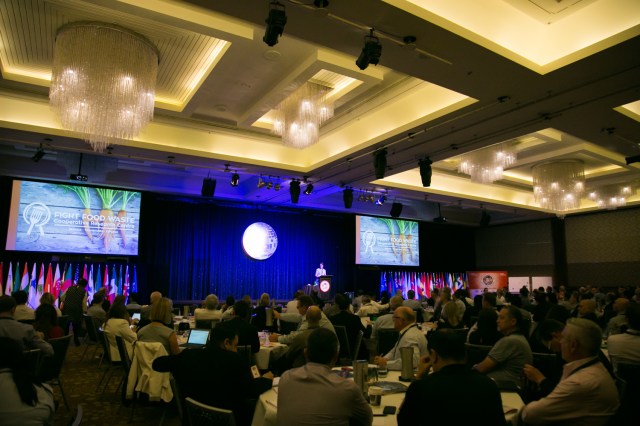
The changing needs of consumers, brand owners, and sustainability has resulted in the need to focus on new generation sustainable solutions, transforming and optimising an entire production workflow, and creating a platform for future success.
Bobst rotogravure, coating and laminating marketing and communication manager Sara Alexander took to the company’s recent Bobst Days 2021 virtual conference to identify the value of end-to-end solutions, with a focus on new generation sustainable solutions.
“There has been much talk about the changing face of packaging but the time has come to define the objectives as flexible packaging, when well produced, has a future. Real solutions that are sustainable do exist,” she said.
Alexander attributed findings by a recent Smithers study, considering the effects of COVID, which found that the flexible packaging market, consisting of plastic, paper and foil, is set to grow by 3.4 per cent by 2026, and that food packaging represents about 75 per cent of the flexible packaging market.
But she said the growth journey will be complex and businesses should not envisage traditional growth in volume or value as packaging is currently undergoing a massive transformation in terms of composition, as the type, structure, weight, and cost of packaging will all change.
“There are many external factors threatening the flexible packaging world and these will have a direct impact on its evolution in the coming years. It is in our power to transform these challenges into opportunities,” she said.
“These days, brand owners need a shorter time to market, colour and consistency quality, personalisation and short runs, profitability and new applications. As such, all converters need to embrace new capabilities to remain agile and more sustainable.
“We know that leading brands have made important commitments to reach 100 per cent reusable, recyclable or compostable packaging by 2025. The term ‘sustainability’ quickly moved from being a buzzword to a strategic part of all businesses.
“And as 2025 is no longer that far away, the pressure is on. But we also need to understand the impact that these changes will have on the entire packaging chain.”
In addition, Alexander said contamination is a new high-risk factor following the emergence of COVID-19, that has brought product safety and hygiene to new levels of importance for flexible packaging solutions.
“As such, we at Bobst firstly looked at the wider picture and moved our focus from isolated steps in the packaging chain to become an end-to-end solutions provider,” she mentioned.
“The second step that Bobst took was to turn industry transformation into a company strategy. To do this, we grouped the key elements of change into four main elements: connectivity, digitalisation, automation and sustainability.”
According to Alexander, Bobst’s three pillars of sustainable flexible packaging are in mono-material polyolefin (PP/PE), compostable, biodegradable and bio-based materials, and paper/fibre-based materials. The company has also partnered with a number of organisations to reinforce its sustainability commitment.
Alexander also suggested areas of opportunity within this space, which includes:
- Ultra-high barrier full paper solutions
- Recycled materials back in the chain
- Machine and process optimisations
- Compostable/biobased solutions
- Innovations enabling the recycling of the unrecyclable
“Today’s industry transformation is not about removing plastics; it’s about creating new plastics as plastics, when well produced, have a future. There are many solutions available and Bobst and its partners are ready and equipped to turn around new, market-viable solutions to help customers make the switch,” she added.


